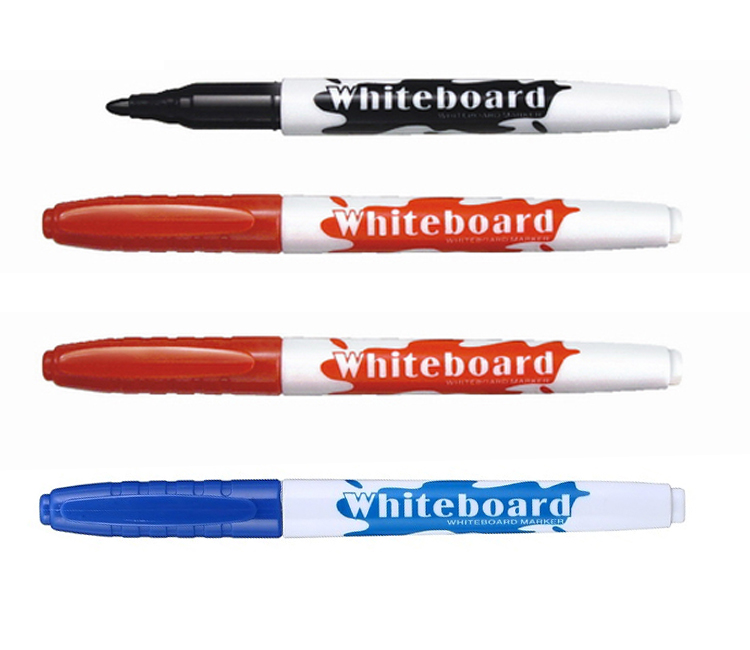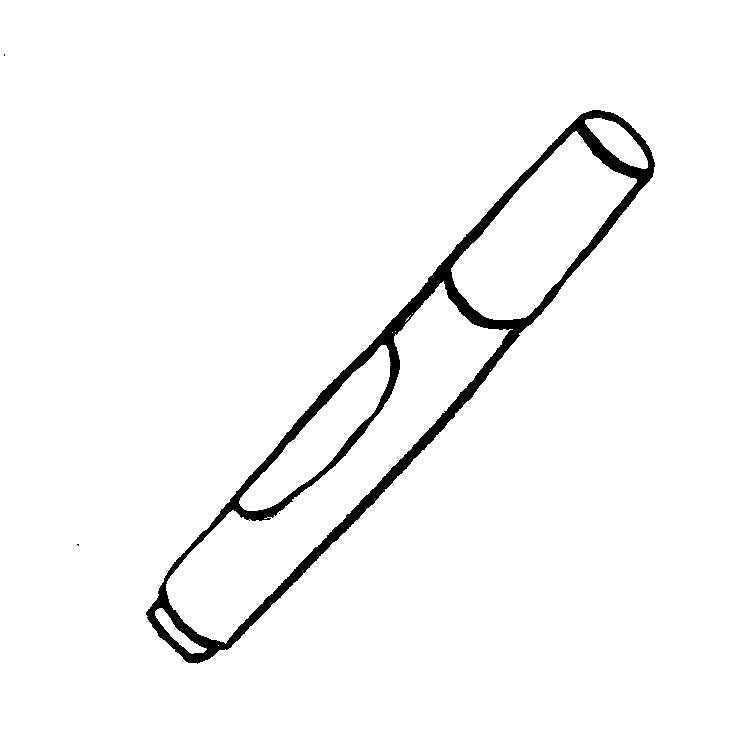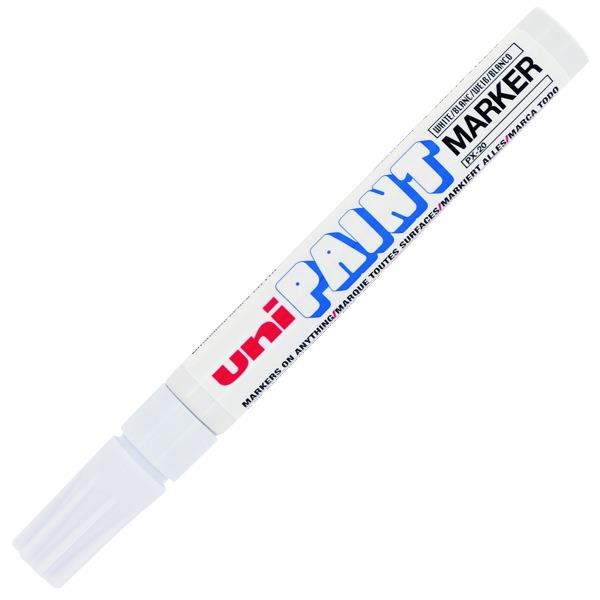

Then, when you finish adding the solvent, put the nib in the marker once again. Using a pipette or a syringe works efficiently to complete this step. Start by pulling out the marker nib, and pour ethanol inside the marker. Tools like Sharpies with dried out tips might be breathing once again if you follow the steps correctly.Įthanol is a strong solvent that works for many different things, dried out markers being one of those. Important Note: Rubbing alcohol is capable of putting most permanent markers back to life.Using a milliliter of rubbing alcohol should be enough. Like in the previous method using water, you can inject either alcohol or acetone in the marker, and it is likely that it will work again.

When the time is up, the marker should be working once again, ready to write and draw as you please. Let it rest with the tip-side up, and wait from 24 to 48 hours. Then, let the marker’s tip soak in it until the ink starts swirling out.Īfter that, put the cap of the marker over it again. Pour a small amount of rubbing alcohol directly into a small container, like the rubbing alcohol cap. It is an easy process that doesn’t require much effort or thought. But remember, these methods work better for water-based markers only.Īnother effective method to fix dried out markers is rubbing alcohol. Important Note: Water is capable of fixing dried out markers.It will need one milliliter, approximately. Push only a small amount of water at a time, which will allow the air to drain out while adding the water. Then, put the needle through the tip, right in the marker body. Use a long and sharp syringe, the skinniest you can find, and fill it with water. BONUS: Injecting Water in the MarkerĪnother possible solution is to inject water in the marker. Make sure to put the caps back on the marker after every use to avoid drying out the tip again. Replacing the Marker CapĪfter drying and checking they can write, replacing the caps is a good idea. These stains might be difficult to remove, so it is better to avoid laying the markers on clothing or towels. You can do it by using the markers over a piece of paper every couple of hours.Īlso, remember that the marker might leave ink over the surface where you put it.

This process might take some time, and you need to keep track of it. Don’t let them dry too much though, or they might lose the capacity to write. They will be ready once the ink at the tips is water-free. Then, put the markers over the rag, and wait for it to dry.Ĭheck the markers from time to time. Using a rag will remove the excess water remaining on the tips. Don’t worry if a portion of the ink starts draining from the marker tips into the water. Then, put them in the water until the tips are deep in it. But you should use a warm or hot temperature because it works faster diffusing the ink. Keep in mind that cold water could work too. This process allows the ink to flow again. At a rather high temperature, the water soaks the marker’s tip, which get dried out after a certain amount of use. The water’s temperature could be hot or warm. It works like a charm to get dried out markers back to functioning without issues. Water comes once again to breathe new life back into tools that don’t seem to function anymore. So, gather as much dried out markers as you have lying around the house.
#White out marker pen how to
Here, we’ll explore the different substances that can fix a dried out marker, and how to use them properly to achieve that goal. If it hasn’t happened to you, then chances are it will sooner or later, and you must be ready to act quickly.įortunately, that is the main topic for this wordy piece. It is a common occurrence that has happened to all of us, precisely in the most inconvenient times. Has it ever happened to you that you’re ready to write an important document only to find out the marker is dried out?


 0 kommentar(er)
0 kommentar(er)
